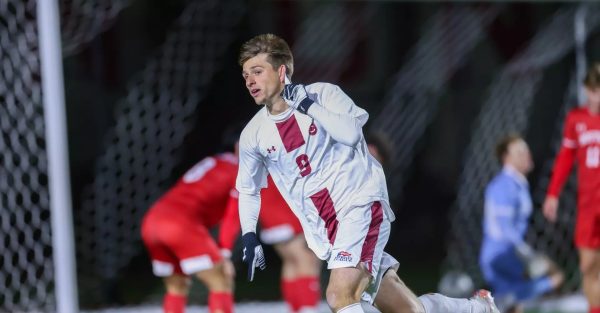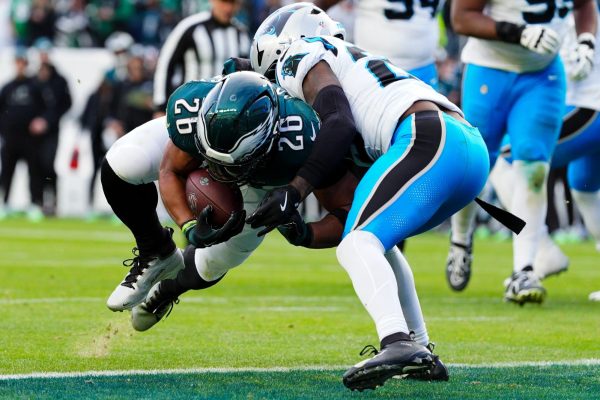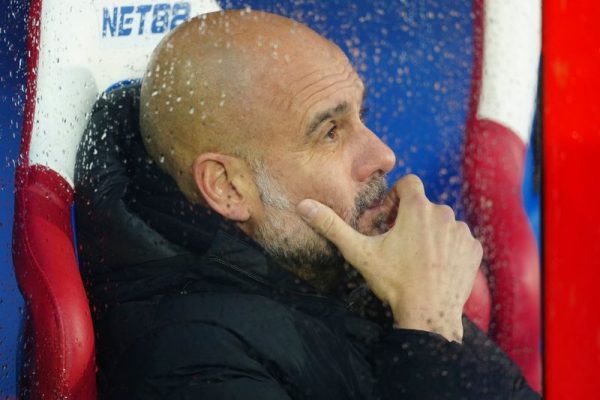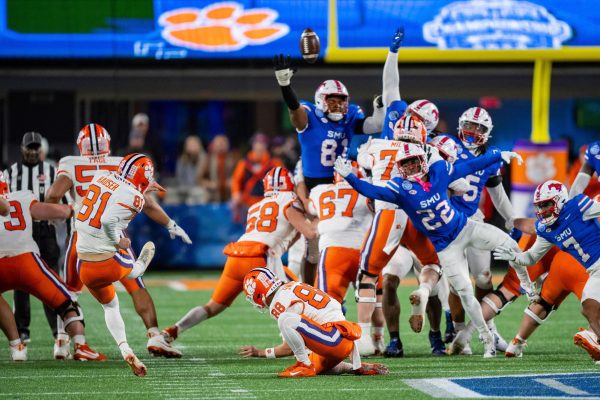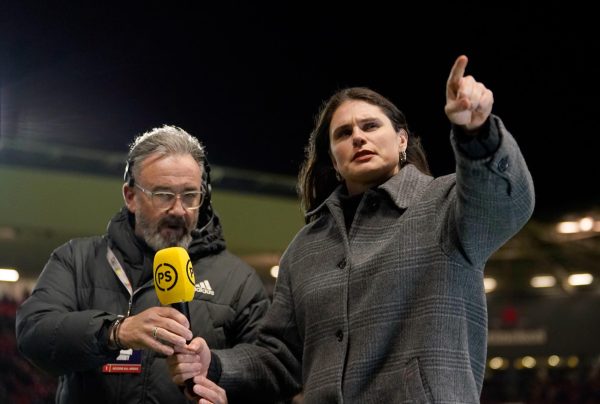Offseason Storylines Entering an Exciting NHL Season
After an offseason full of shocking free agency acquisitions, the National Hockey League (NHL) is scheduled to return today in Prague, Czech Republic. As part of the NHL Global Series, the Nashville Predators and San Jose Sharks will face off in international territory. With the opening games of the season on the horizon, fans around the world eagerly await their team’s performance.
Entering the season as the championship favorite, the Colorado Avalanche are poised to build on their Stanley Cup-winning performance from last season. With a 4-2 victory in Game 6 against the two-time defending champion Tampa Bay Lightning, the Avalanche secured their first Stanley Cup in 21 years.
Led by a young leader in Cale Makar — winner of last season’s Conn Smythe Trophy (Playoff MVP) and James Norris Memorial Trophy (NHL’s Best Defenseman) — as well as Nathan MacKinnon and Gabriel Landeskog, the Avalanche are expected to be a competitor for another Stanley Cup in 2023.
To effectively understand the NHL offseason and the decisions made by franchises to attract players, it is important to clarify the role of the NHL’s salary cap. While other professional leagues such as the National Basketball Association (NBA) or National Football League (NFL) adhere to a salary cap each year, specific nuances exist in the NHL’s governing policy.
Specifically, no team can go over the cap limit of $82.5 million in the 2022-2023 NHL regular season. As a result, NHL teams must structure their free agency acquisition plan.
In recent years, however, the Tampa Bay Lightning controversially exploited a loophole in the salary cap system. While teams cannot surpass the salary cap threshold in the regular season, no cap limit exists in the postseason. For this reason, the Lightning placed Nikita Kucherov, a former MVP with an annual salary of $9.5 million, on the injured reserve for the entirety of the regular season prior to his activation for the playoffs. During Tampa Bay’s run to the Stanley Cup, Kucherov recorded the most points in the postseason and exposed a true loophole in the NHL’s system.
With this salary structure, NHL front offices juggle the relationship between signing free agents, retaining current players and pursuing trade agreements with other organizations.
Perhaps the biggest shock of the NHL offseason took place in Columbus, Ohio as the Blue Jackets sent a message to the rest of the league about their approach to the upcoming season. In a city that has historically seen its stars (Sergei Bobrovsky, Artemi Panarin, Pierre Luc-Dubois, Rick Nash and Seth Jones to name a few) departing for larger markets, more money or the chance to compete for championships, the Blue Jackets made several key moves to cement their position in the Eastern Conference title race.
On July 13, left-winger Johnny Gaudreau shocked the league by signing a seven-year, $68.25 million contract with the Blue Jackets. After recording 115 points, 40 goals, 75 assists, and a +64 rating (individual goal differential while on the ice) for the Calgary Flames, Gaudreau wanted to play closer to his home state of New Jersey. While the New Jersey Devils and Philadelphia Flyers were also in the conversation, Columbus rose to the top of Johnny Hockey’s list. As the top free agent in this year’s class, Gaudreau prioritized his family’s future and instantly altered the Blue Jackets’ trajectory.
Blue Jackets coach Brad Larsen captures the importance of this moment for the city of Columbus and the organization perfectly.
“He chose us, this organization, this city, to grow his family and really come in here in the prime of his career, it’s a big statement,” Larsen said.
To cap off a spectacular offseason, the Blue Jackets also re-signed Patrik Laine — who contributed 26 goals and 30 assists to the club in 2021-2022 — to a four-year deal worth $34.8 million.
For the Calgary Flames, Gaudreau’s departure was only the start of an offseason overhaul. By trading Matthew Tkachuk, their sixth overall pick in 2016 who scored 42 goals and added 62 assists in 2021-2022, the Flames’ front office fully pivoted the team’s outlook for the future. After acquiring Jonathan Huberdeau, a leader in the NHL with 30 goals and 85 assists last season, MacKenzie Weegar, Nazem Kadri (second-biggest free agent of the offseason) and several prospects from the Colorado Avalanche, the Flames will look to continue their recent run of success in the Western Conference.
Finally, one of the offseason’s most intriguing stories revolves around arguably the league’s worst franchise last season: the Arizona Coyotes. Starting this fall, the Coyotes will be hosting home games in Mullett Arena, a newly-built 5000-seat arena located on the campus of Arizona State University. After previously playing in Gila River Arena, which has a capacity of 18,300 fans, this move to a significantly smaller arena is highly unique in the world of American professional sports.
According to CEO Xavier Gutierrez, the club knows Mullett Arena “is going to be sold out for every single game and never had any doubt that was going to be the case.” In an ESPN report that compared ticket prices from last season to this year, the average ticket price to see a Coyotes home game has nearly doubled from $90 to $170. Further, season ticket revenue for the Coyotes is up 50 percent in the offseason, according to the Coyotes front office. While it remains to be seen if the Coyotes will achieve success on the ice, the home atmosphere in Tempe will be drastically altered from last season in Glendale.
As the start of the NHL season approaches, anxious front offices will soon see their offseason strategy in action. Will their gambles pay off? Who will rise to the occasion and lift the Stanley Cup in 2023?

Drew Fischer is a senior from New Albany, OH concentrating in mathematical economics and minoring in political science and Spanish. He has previously served...




